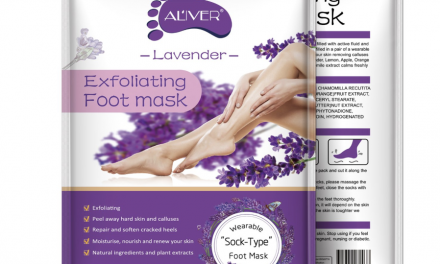
Medicare may save you thousands of dollars on your medical bills, but nothing in life is free. Between copayments, annual deductibles, and out-of-pocket expenses, you’ll still have to pay a lot of money for your healthcare needs with Medicare.
So, what can you do to cut down on your healthcare costs? Let’s look at how to save on Medicare costs.
Medicaid
While Original Medicare helps pay for the healthcare costs for United States citizens aged 65 or older, Medicaid provides additional help to people with limited financial resources. Generally, your ability to qualify for Medicaid is determined by your family size and income. Requirements vary by state.
For example, here’s a chart that shows the maximum income you can have based on your family size in the state of California. If your income and family size fall within these limits, you can qualify for Medicaid. This would help you pay for many of the costs that Original Medicare doesn’t cover.
In every state, Medicaid pays for home healthcare and certain medical equipment. However, some states have special Medicaid programs that cover additional costs. You can learn more about Medicaid in your state by visiting the official Medicaid website.
Medicare Savings Program
Monthly premiums are one cost that many people can’t afford. Fortunately, a Medicare Savings Program can help you pay for your monthly Medicare premium. Additionally, Medicare Savings Programs cover some deductibles, coinsurances, and copayments.
There are four basic Medicare Savings Programs to choose from:
- Qualified Medicare Beneficiary (QBM) Program
- Specified Low-Income Medicare Beneficiary (SLMB) Program
- Qualifying Individual (QI) Program
- Qualified Disabled and Working Individuals (QDWI) Program
Much like Medicaid, these programs are reserved for Medicare beneficiaries with limited income or financial resources. To see if you qualify for a Medicare Savings Program, consult the Medicare Savings Page.
Extra Help
Extra Help is a program designed for low-income Americans who need assistance paying for prescription drugs. To qualify for Extra Help, you will also need to qualify for Medicaid. However, you don’t need to be signed up for a standalone Medicare Part D plan or a Medicare Advantage Plan to qualify.
As the name implies, Extra Help provides “extra help” paying for prescription drugs. If your income qualifies for Extra Help, you could get up to $5,000 in prescription drug benefits every year. Considering the costs associated with prescription drugs, this could offer you huge savings on your Medicare costs.
State Pharmaceutical Assistance Programs
State Pharmaceutical Assistance Programs (SPAP) offer another way to pay for prescription drugs. Since Original Medicare provides very few benefits related to prescription drugs, many low-income beneficiaries need assistance in this area. Fortunately, SPAP provides extra drug coverage in all 50 states.
There are different programs within SPAP that have different requirements to qualify. For some, you are required to sign up for Medicare Part D first. In any case, SPAP helps pay for deductibles, copayments, and coinsurances related to prescription drug coverage.
Next Steps to Save on Medicare and Lower Your Healthcare Costs
Healthcare can get expensive, but there are ways to save on high medical bills. Thanks to various government programs and private initiatives, anyone who wants to save on Medicare can do so. All you have to do is know where to look.
How do you plan on saving on Medicare and lowering your healthcare costs? Did you know that there are government and state programs that may help you save on Medicare costs? Please share what you know!





